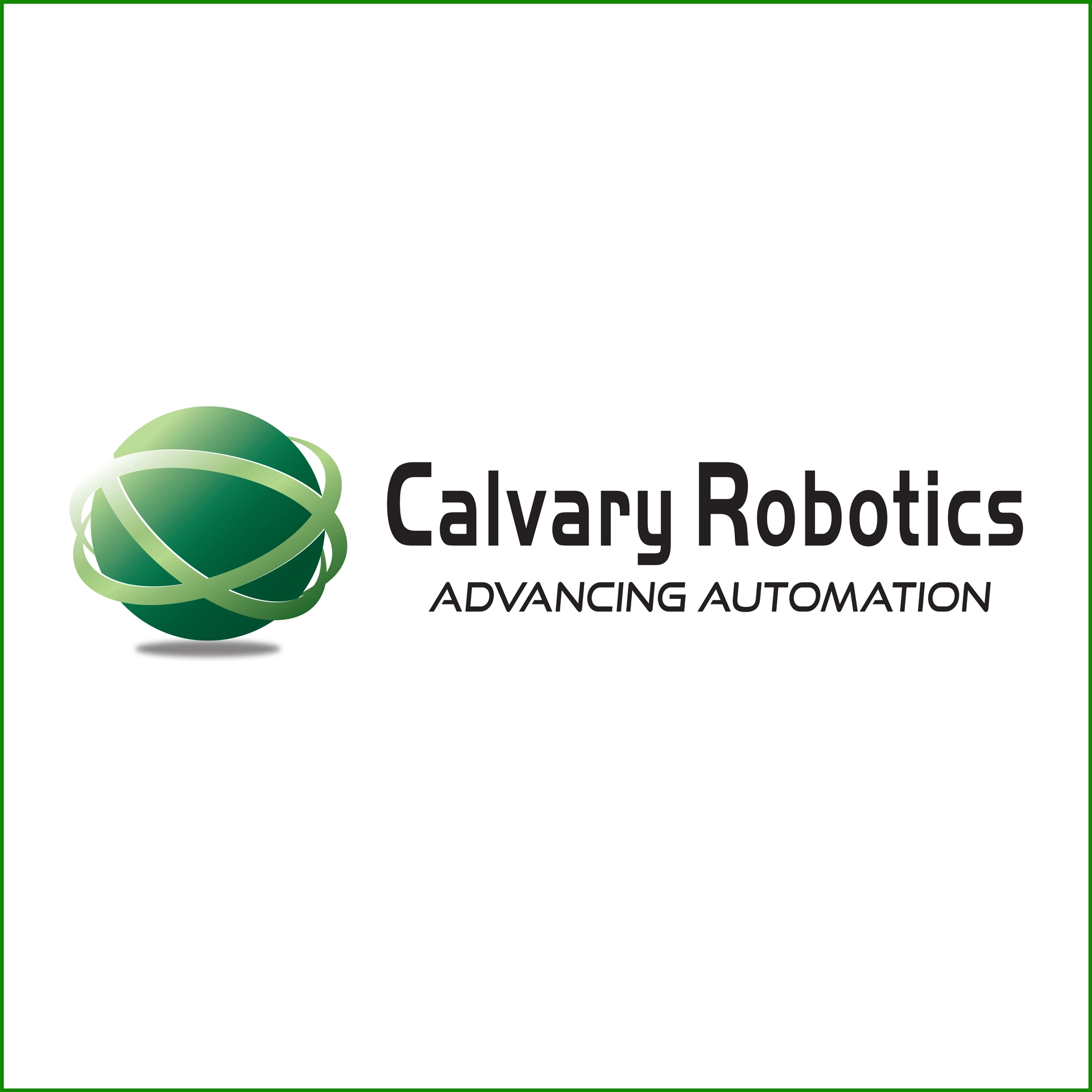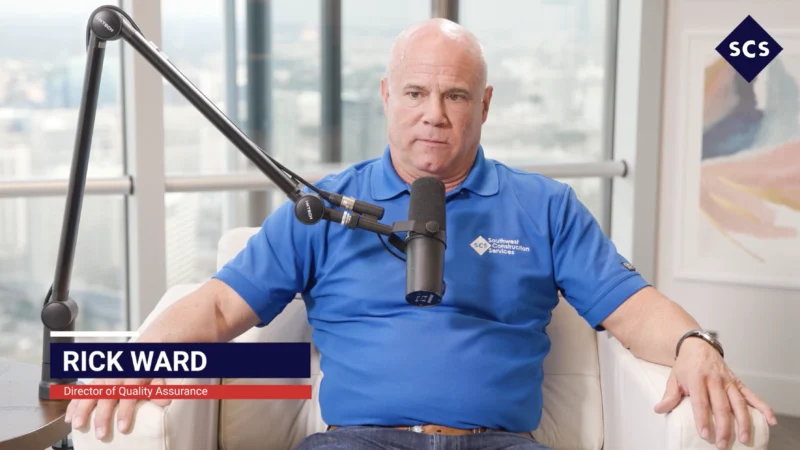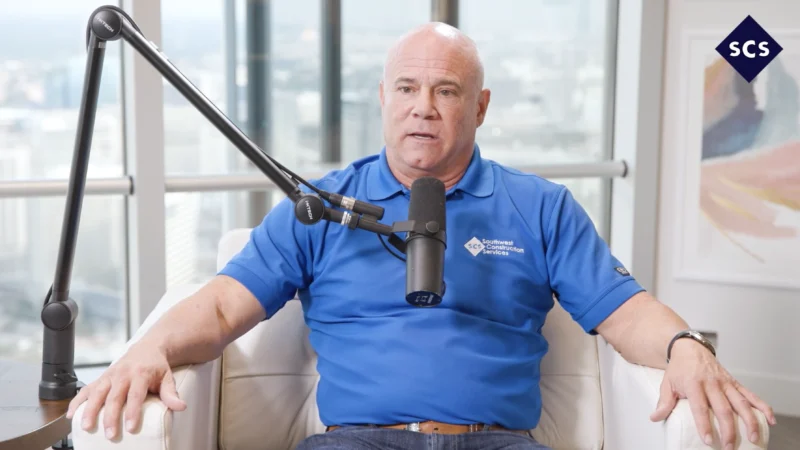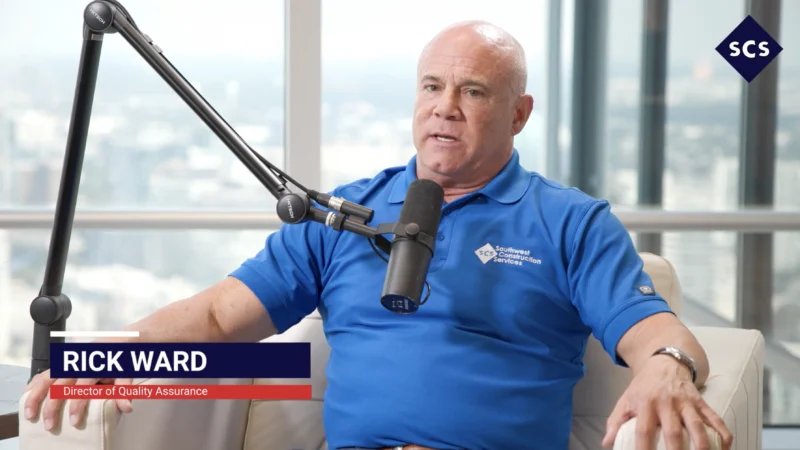CalTV: Moving from Dangerous Manual Tasks to Automation with Material Removal (Part 2 of 2)
Joe Gemma continued his discussion with Carl Doeksen, Global Robotics & Automation Director at 3M, on this second episode of moving from dangerous manual tasks to automation.
“The other breakthroughs and many of the investments 3M is making through our corporate ventures group are in this no code / low code space,” Doeksen said. “Can you make it super easy to program a robot and handle the amount of customization that the customers need? Well, you better have some simple, quick recipes and set up times to penetrate that market.” And while Doeksen said automation isn’t 100% there yet, he was energized to see the number of startups coming into their industry solve those challenges.
Because of the accessibility and affordability of automated collaborative systems, more and more small and medium-sized businesses are beginning to integrate robotics into their operations. Doeksen had some advice for making this journey successful.
“What’s important is continuous improvement,” Doeksen said. “Where people get into trouble is they want the ultimate solution and put in way too much investment in infrastructure when there are too many unknowns. When there are unknowns, these smaller victories are more important because there is going to be continuous improvement. And there’s nothing wrong with fractional automation. 20% of the applications will drive 80% of the productivity, so there may not be the ROI to automate that last 20%.”
Doeksen said collaborative robots are great starter robots that can benefit many small and mid-sized businesses. “You can take it out of the box, get going, get your hands dirty; there’s nothing wrong with that. Now you can even lease them. Where we are at in the automation industry, when you’re new to it, you need to strike that balance of somebody that understands the application with somebody that has a knack for the software side of it.”




